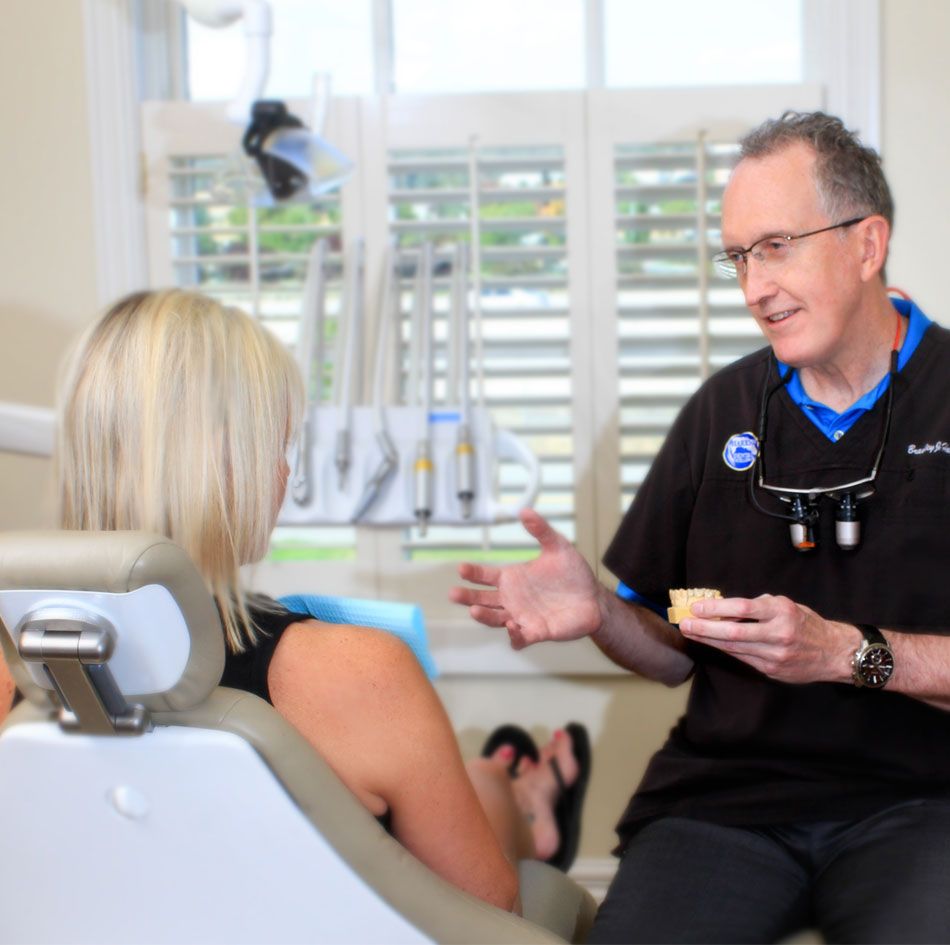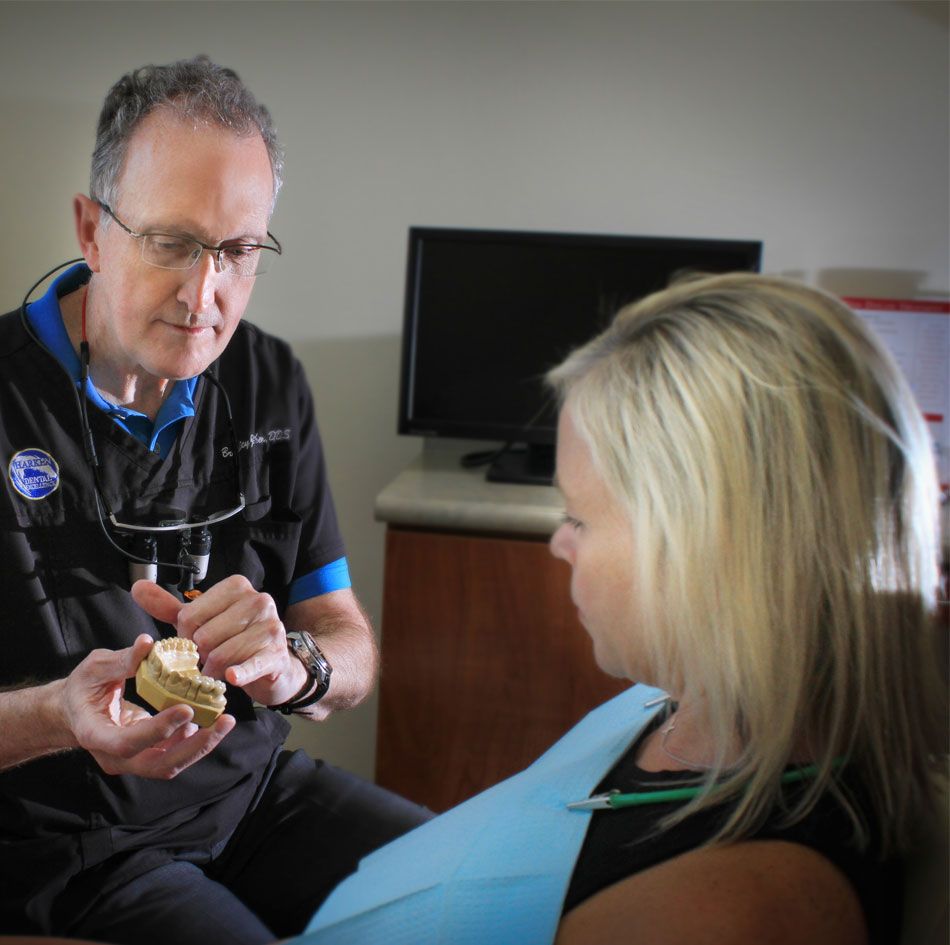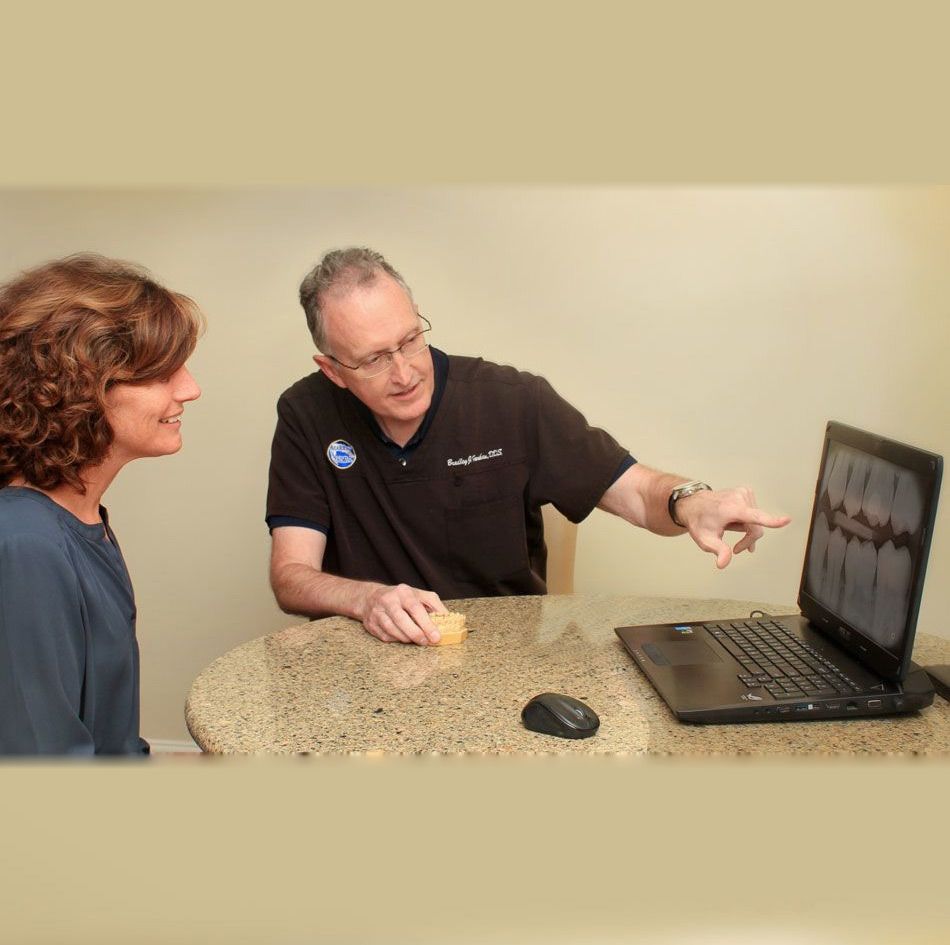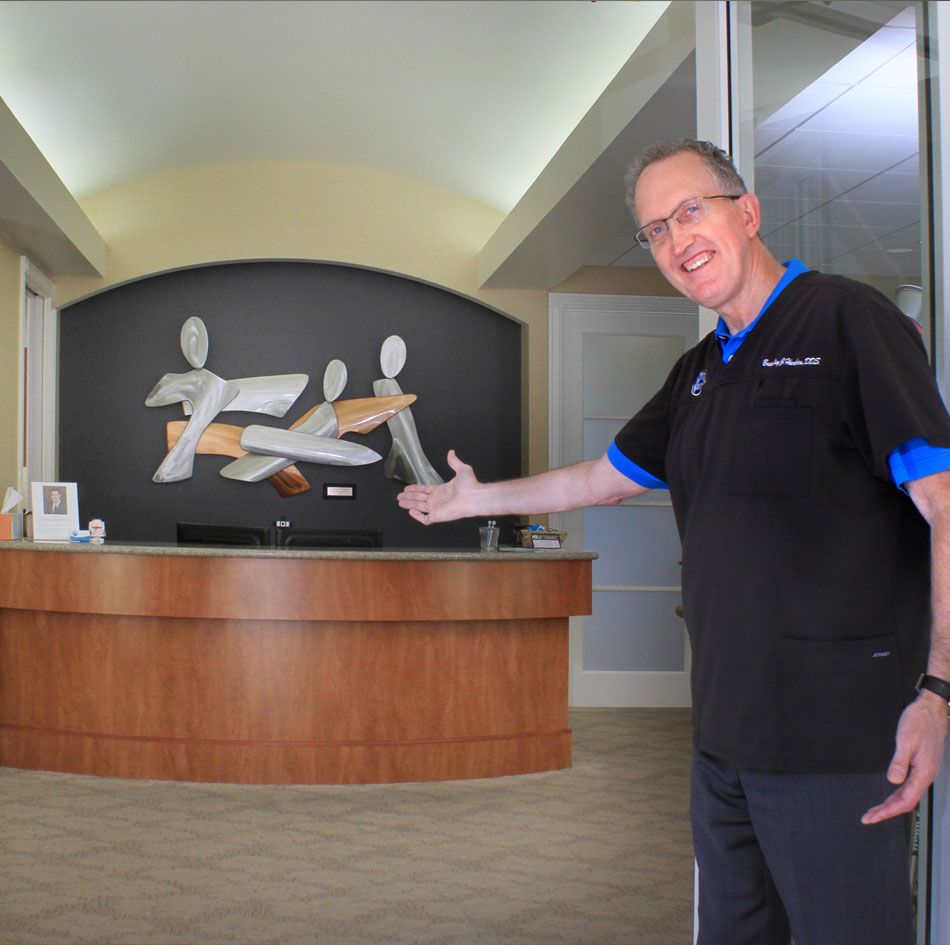Crowns in Spokane Valley
Dental crowns are a great illustration of how dentistry is both an art and a science. A dental crown, commonly referred to as a “cap,” is a cap that hides a chipped, discolored, or unattractive teeth. When utilized as a component of dental bridgework, it has the capacity to completely replace a tooth.
Above the gum line, a crown entirely encases a tooth. A dental veneer, in contrast, merely covers the front of a tooth and is secured in place by the tooth’s natural tissue. A crown may be the answer to repairing your broken or chipped tooth and enhancing the appearance of your smile.
Crowns strengthen damaged teeth by keeping the healthy part of the tooth and covering it with a porcelain cap to return normal function. When created with the advanced dental ceramics and porcelains that are currently accessible, crowns resemble natural teeth almost completely. They can also be designed to improve a tooth’s look.
We can also make dental crowns from materials other than porcelain, depending on which attributes are most important. The strongest material available is cast gold. Particularly close to the front of the mouth, this is often not the most pleasing option. Additional options include porcelain-fused-to-metal (PFM) crowns, which combine a metal interior for strength with a porcelain exterior for a more natural appearance, and all-porcelain crowns made of zirconia, the strongest ceramic. We would be pleased to go over the advantages and disadvantages of these different solutions with you.
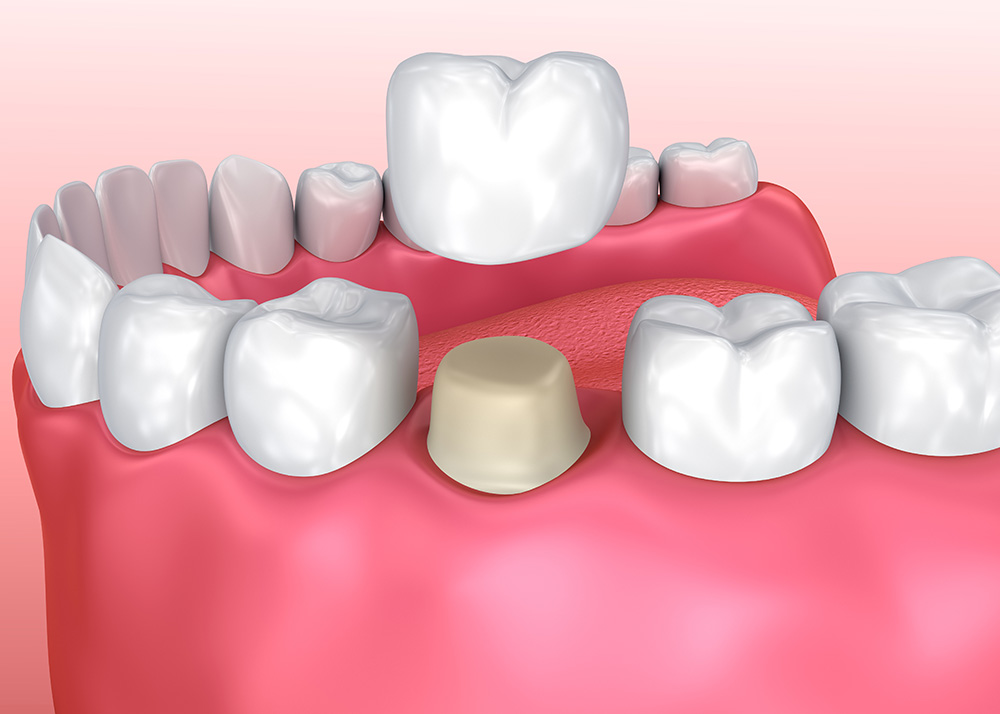
Crowning or Capping a Tooth
It frequently takes two to three appointments to crown or cap a tooth. Your tooth is fitted with its new crown at the first appointment. It must first be molded so that it will fit within the new cover. This will necessitate some dental structural adjustment in order to give the tooth a uniform shape. Prior to the procedure, the tooth and its surroundings will be numbed. If the tooth had very little dental structure to begin with, it may be necessary to fill it with filling material rather than altering it to support the crown.
After the tooth has been cleaned and prepared, impressions of your teeth are taken using digital or putty-like imprint materials and sent to our on-site dental laboratory. Your teeth’s impressions will be used to produce models that will be used to make a crown for your teeth. The models will serve as a reference for Brad and his highly skilled lab staff as they construct your new crown to match your smile and work properly within your bite.
Before you leave the office, a temporary crown will be affixed to your tooth to keep it safe until the permanent crown is prepared. At the second appointment, your permanent crown will be attached to your tooth using either a resin that hardens when exposed to a specific light source or a type of long-lasting dental cement.
Creating a Bridge
Crowns can also be used to realistically replace a missing tooth. This is done with bridgework, which fills the space left by the missing tooth and calls for at least three crowns. Abutment teeth, or healthy teeth on either side of a missing tooth, will receive two of those crowns. The pontic, a third crown that is put between the two crowned abutment teeth, is supported by the two crowned abutment teeth. If more than one tooth is lost, additional crowns will be necessary to fill the gap between the abutment teeth.
The quantity of missing teeth, the size and length of the abutment tooth roots, the amount of bone support offered by each abutment tooth, and the position of the missing tooth in the mouth all play a role in determining the number of abutment teeth needed to replace missing teeth. For instance, four abutment teeth may be necessary to create a seven-tooth bridge if you have three missing teeth. Bridge engineering and construction involve an understanding of tooth replacement techniques as well as the biology of the supporting bone and gum tissues.
Caring for Your Crowns & Bridgework
The same level of care must be taken with crowns and bridges as with natural teeth. Every day, floss and brush all of your teeth, both natural and repaired, to avoid dental plaque accumulation. When you have crowns, maintaining your regular dental cleaning schedule is even more important. Avoid using your teeth as a tool as much as you can (to open packages, for example). If you grind your teeth, using a nightguard is a great option to protect your teeth and your investment.
Spokane Valley's Best Restoration Dentist - Affordable Dental Bridges Near Me - Dental Crowns in Spokane Valley, WA
Meet Your Top-Rated Family Dentist in Spokane Valley
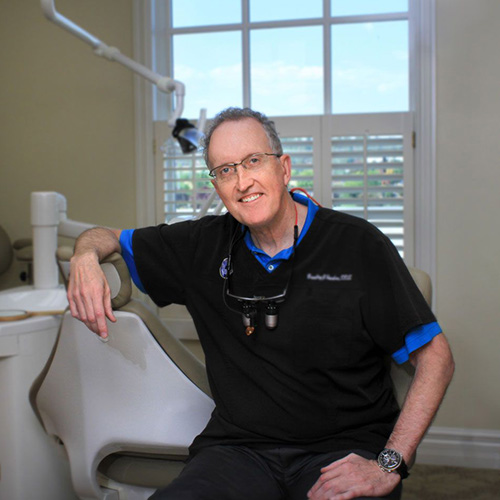
Our Dental Services
Dental Crowns
Emergency Care
General Dentistry
Implant Dentistry
Orthodontics
Pediatric Dentistry
The Proof is in our Patients


